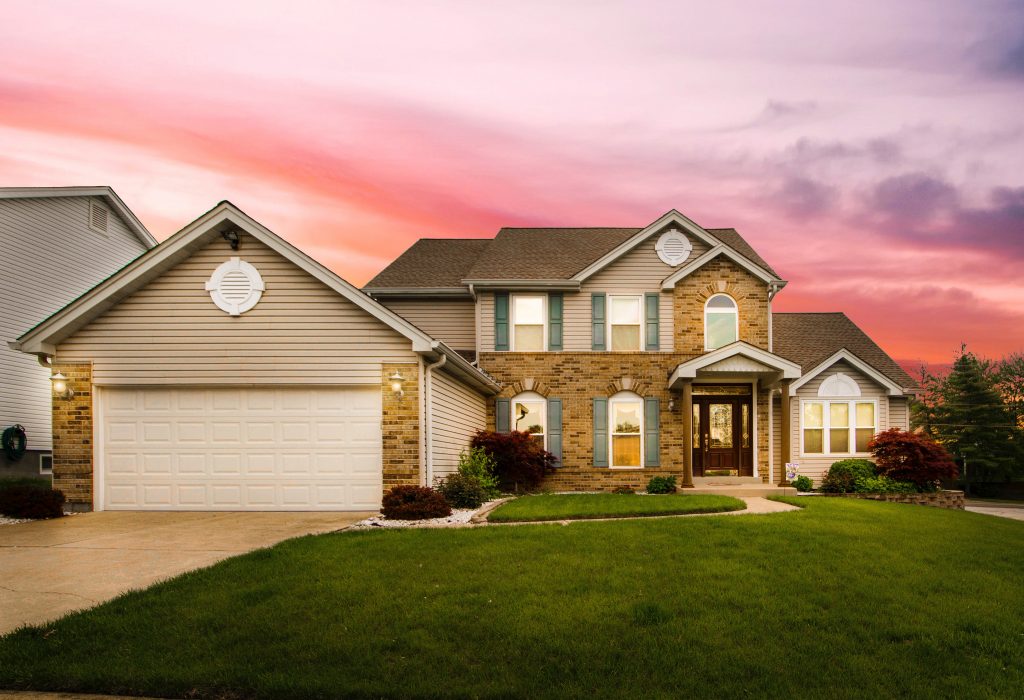The growing collection of reality television fix and flip shows have made flipping a home and making good profits look easy as pie. But there is much more to getting positive returns than making some simple cosmetic fixes, doing a few DIY projects and raising the property’s curb appeal. Too many investors end up taking on a residential fix and flip project and focusing on design only, without paying attention to the basics that will maximize their returns.
To limit your financial risk
… and get the best returns possible, pay attention to this profit-maximizing advice:
Don’t Overpay
The best way to maximize returns on your investment is by not overspending on the property in the first place when acquiring it. Avoiding overpaying on the asking price, and figuring out how much the total repairs will cost before closing is essential to know what your final profits will look like. There is a 70% rule found in fix and flipping: you should not pay more than 70% of the after-repair-value (known as ARV) of a property, minus the cost of the repairs that need to be done. Your final ARV will then be an indication of what the property will be worth after all the repairs and upgrades are done.
Being cautious of overpaying affects your budget for the project. You should carefully review your budget with each subcontractor you work with, and check whether any details or cost overruns have been missed to avoid surprise expenses.
Stay On Schedule
Renovating a home is a time-consuming process, and depending on the repairs needed, it can take weeks or months. Once the property is officially in your hands, your investment won’t just require financial input, but your personal time as well. For investors with other full-time work, this time can translate into late nights and weekends spent overseeing construction work, different contractors, and more.
The longer the property is in your possession, the more expensive the upkeep (also known as holding costs), and that will eat into your total profits. Emphasis should be placed on staying on schedule with finalizing the renovation and selling the property as soon as possible to maximize profit-earning potential.
Stay On Budget
There is a fine line between wanting to add the best fixtures and upgrades, and staying on budget. The key is to focus on spaces that count most – kitchens and bathrooms. Identify any cosmetic projects or expensive repairs like plumbing or electrical overhauls from the get-go; your contractor should be able to give you some guidance here. Not every home upgrade out there will be a good choice to add to your fix and flip project, and it’s important not to get distracted by these and overspend on implementation.
Balance is also important – no single room in the property should appear wildly different from others, and there should be synergy in design and renovation.
Location, Location, Location
The location of your fix and flip will be instrumental in maximizing the returns you can get.
Location will dictate how quickly you will be able to sell the property. If your property is located in a high-value area with amenities like stores, malls, public transport, good schools and more, the chances of a quick sale become more likely. As an investor, you’ll want to choose a neighborhood that is projected to grow and increase in value over the next few years.
It’s also good for you to be familiar with the area’s development – if it’s showing potential for the future it might be worth your while to invest in a local property now.
Curb Appeal
Raising the curb appeal of a property is still one of the most important aspects of selling a fix and flip. Adding curb appeal is often an easy and inexpensive way to make a property look nicer and boost its value to homebuyers. You can raise the curb appeal on your property by investing in some landscaping, repainting exterior walls and doors and installing outdoor lighting.
The key is that curb appeal, along with all the other factors discussed here, need to come together for a flip to be successful.
To maximize your return on investment in a residential property, there are some elements which should be kept in mind. Making consistent profits from a fix and flip property is more difficult than reality TV shows typically make it seem, but with these basics in mind, the chances of success are greater. Budget, schedule, and location are the primary characteristics that you should keep in mind when acquiring a property.

